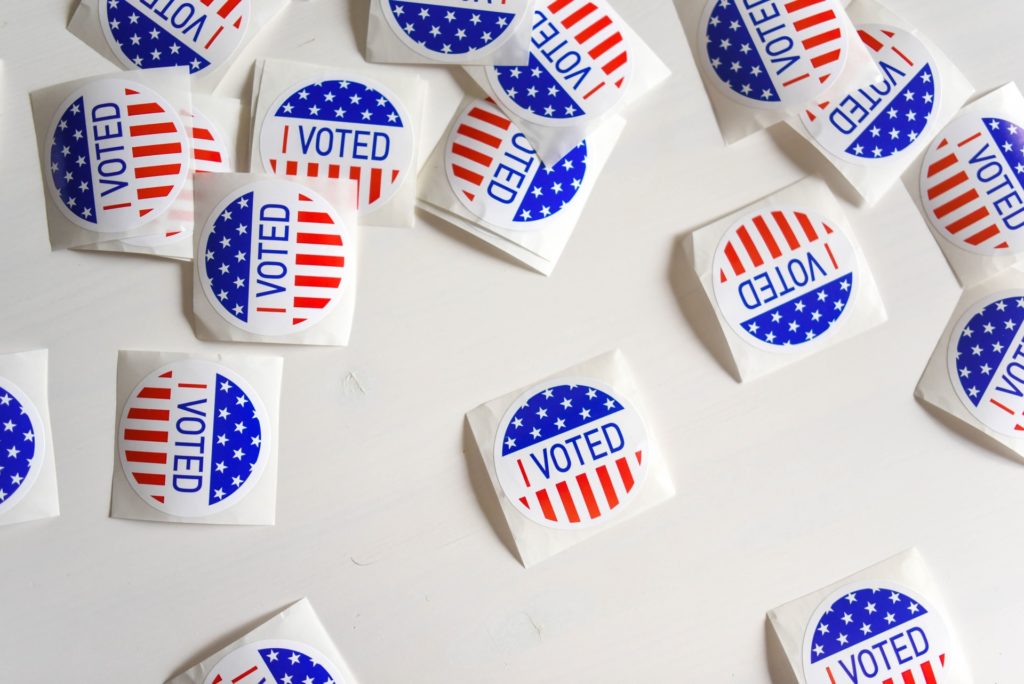
Best Practices for Voting Guides 2022
video
With a highly consequential midterm election rapidly approaching, journalists are looking for ways to inform their audience with the information they need to be active participants in the democratic process. Here at Election SOS, we recently hosted three webinars that offer powerful insights from leaders in the field.
In Best Practices for Voter Guides, a panel of veteran journalists shared key lessons they have learned, how to effectively harness audience engagement while being non extractive, and shared examples of successful voter guides.
Bridget Thoreson, Member Collaborations Editor at The Institute for Nonprofit News, shared three principles that can help strengthen voter guides.
- Engagement must be equitable, not extractive, and if you are asking for information from communities, commit to sharing back out to those communities (6:00).
Example: WBEZ in Chicago asked communities what they wanted to know, and used these responses to create a field guide to what different local government offices did (9:00).
- Consider covering beyond who’s on the ballot, and how and where to best share that information (7:53).
Example: CalMatters created one minute explainer videos about statewide ballot initiatives, informed their audience how to research who was running for local school boards, and created a glossary of important terms (10:26).
- Exploring partnerships outreach and translation opportunities.
Example: Santa Cruz Local engaged with their communities at local events to inform their reporting, and these types of events can also be used to also share voter guides (11:27).
Jonah Newman, an editor from Injustice Watch, a Chicago-based nonprofit news outlet that focuses on the courts, explained how and why they create a judicial election guide. While national races dominate news coverage, there’s a drop off in participation and awareness of local races, especially judges. Using community engagement, Injustice Watch has worked to meet this need. (18:18).
- Injustice Watch informs their readers about the track record of the candidates running, if and how they are involved in the community, are they from the community they seek to serve, and include campaign finance data. They also include evaluations created by lawyers groups such as bar associations.
- Thinking about how people access this information, this year Injustice Watch formed partnerships that allowed them to publish 180,000 hard copies of their judicial election guide, including 3,000 copies for those currently incarcerated (26:35). Focusing on accessibility, the guide is also viewable on a variety of devices, and available in Spanish(23:50). Allows users to create their own voter guides that’s printable and downloadable (26:15). Their frontend engagement used to inform their reporting included the creation of an advisory board of stakeholders: people directly impacted by the court system, lawyers, academics, community organizers, etc (22:45). Partnered with other local news outlets and provided their guide as an insert in those publications (27:56).
- It’s important to not just report on who is running, but explain why voting for judges matters (24:35).
“Start early, think big, and be realistic,” says Chicago-based journalist Fernando Diaz, who has played a key role in both Chi.Vote and GoPack.
- Chi.Vote is a collaborative election guide aimed at increasing voter participation in Chicago elections (38:31). 10 organizations worked together to cover 238 candidates (39:43), and indexed all coverage to match each race (42:29). They profiled every candidate, in both English and Spanish, and managed a live and ongoing FAQ (41:46).
- Focusing on the mechanics of elections, such as how to register, where to vote, when polls open and close, is a great way to engage audiences (40:42). Created a tool that allowed voters to enter their address and see who was on their ballot, and who their elected representatives are (41:45). Included campaign finance information and campaign events (42:45), and were able to import election results from local election websites.
- Lessons: start earlier, have a managing editor, include more partners, user testing, spend on marketing and promotion, create a plan for after the election (45:00).
- GovPack is a tool that lets you import data from a range of sources such as Ballotpedia, OpenSecrets and ProPublica into the backend of your website so you can share their reporting with your audience (47:35).
Next Steps:
Download Bridget’s presentation deck.
